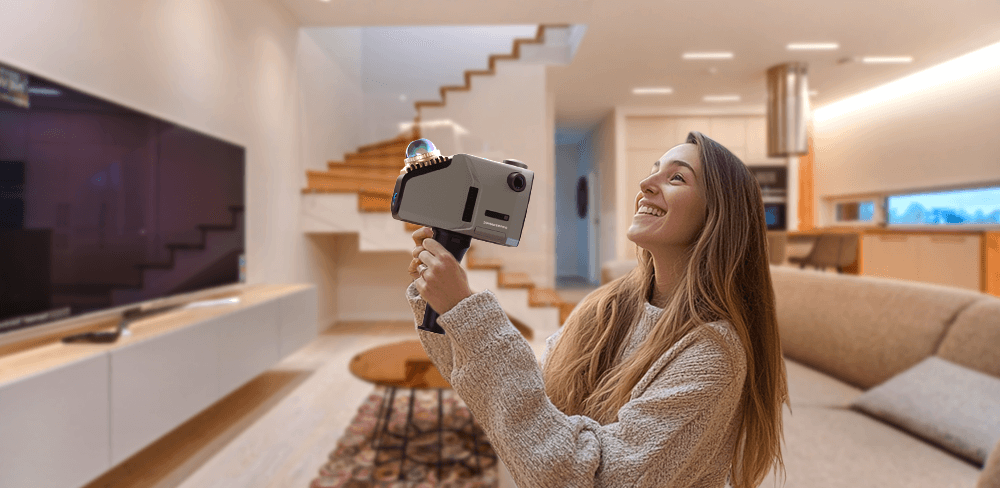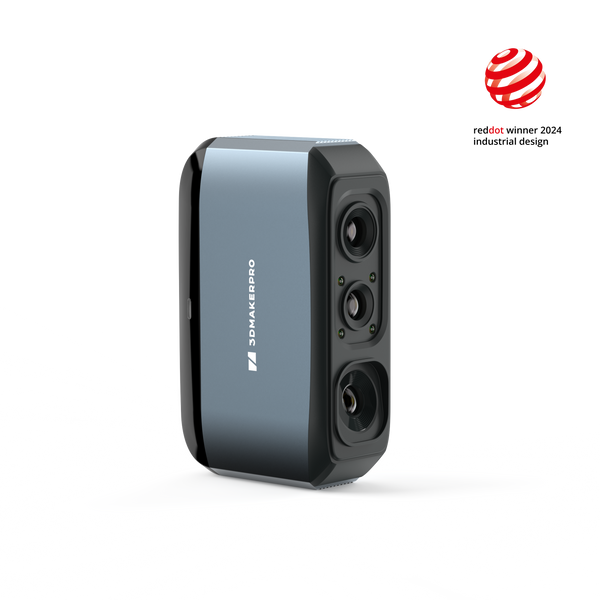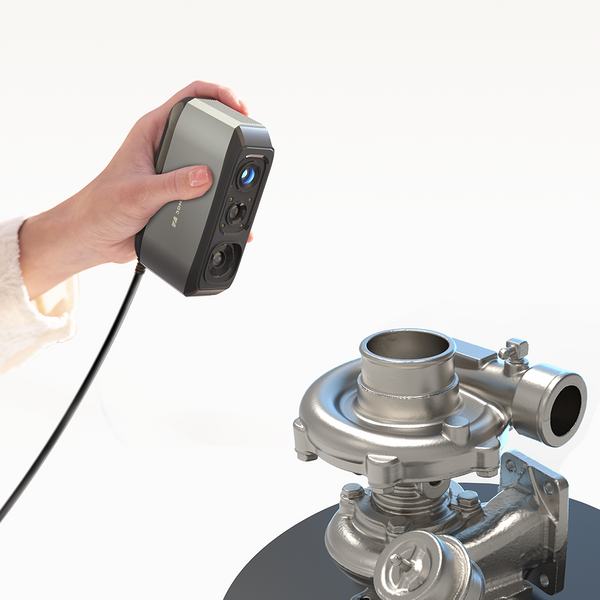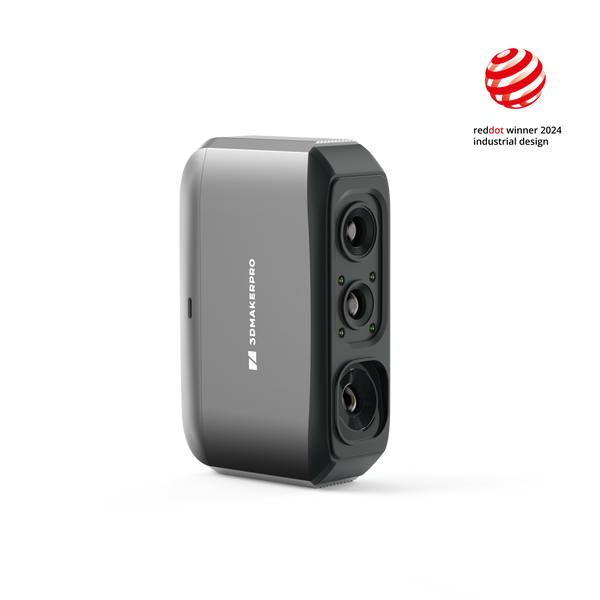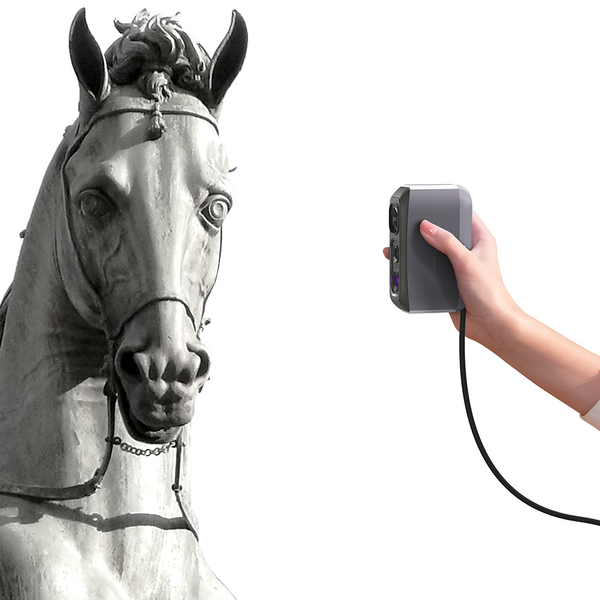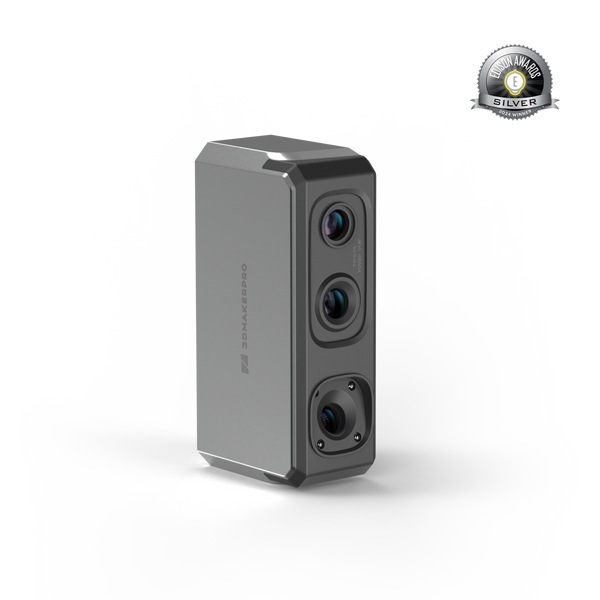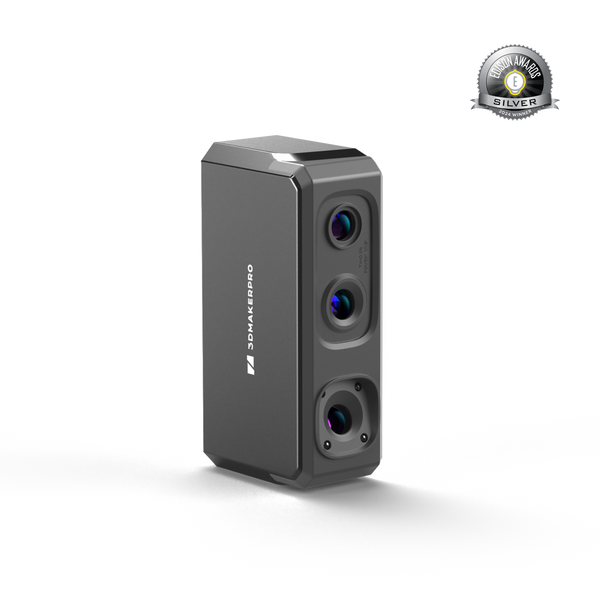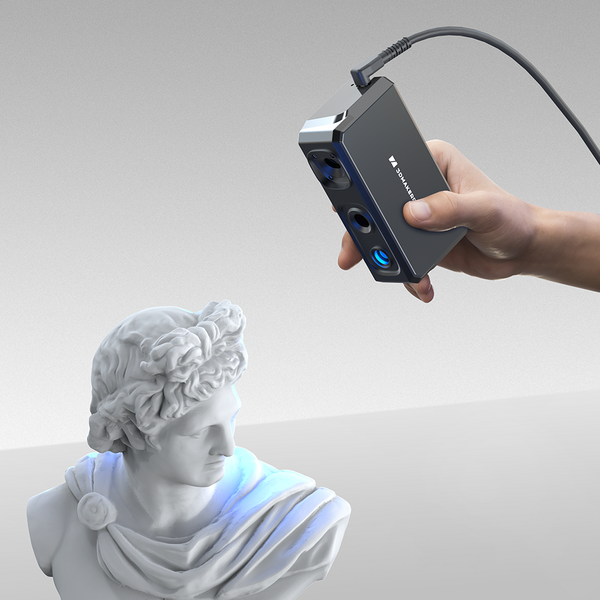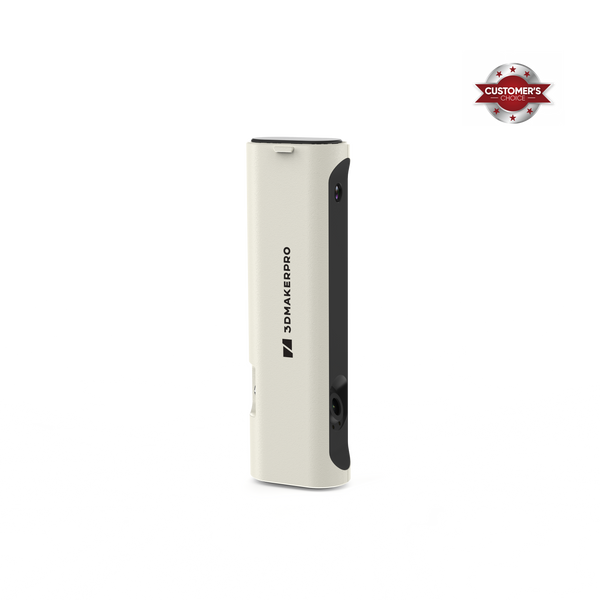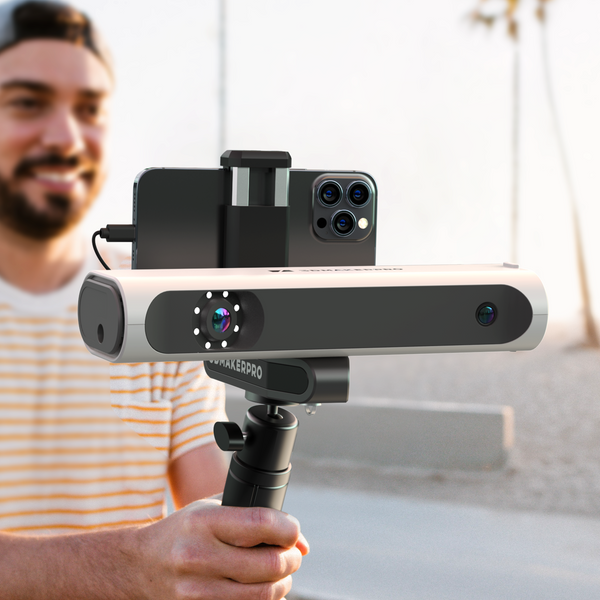In today's fast-paced work environment, creating an ergonomic workspace is more critical than ever. With the increasing focus on employee well-being and productivity, businesses are turning to innovative technologies like 3D scanning to revolutionize workspace design. One standout tool in this field is the Mole 3D Scanner, which offers remarkable precision and versatility. This blog explores how 3D scanning, particularly with the Mole, enhances ergonomics, leading to healthier and more efficient workspaces.
Understanding Ergonomics
Ergonomics is the science of designing a workspace that fits the user’s needs, promoting comfort and efficiency. Poorly designed workspaces can lead to physical strain, discomfort, and long-term health issues such as repetitive strain injuries. By prioritizing ergonomic principles, companies can enhance employee satisfaction, reduce absenteeism, and improve overall productivity.
The Role of 3D Scanning
3D scanning technology captures the physical dimensions and layout of a workspace with incredible accuracy. The Mole 3D Scanner, often referred to as a 3D body scanner, boasts an impressive accuracy of 0.05mm and a resolution of 0.1mm, making it an excellent choice for detailed workspace analysis. Its 10fps frame rate and visual tracking mode allow for smooth and efficient scanning, providing designers with the data they need to create ergonomic environments.
1. Accurate Measurements
Traditional methods of measuring a workspace can be time-consuming and prone to error. The Mole 3D Scanner provides precise measurements of all elements within a space, enabling designers to understand the layout in detail. With a scanning range of 15-1500mm and a single capture range of 200x100mm, the Mole ensures optimal arrangements for furniture and equipment, enhancing overall ergonomics. Additionally, its excellent Near Infrared (NIR) compatibility ensures that even black objects are clearly visible, eliminating blind spots in the scanning process.
2. Customization
Every employee is unique, and their workspace should reflect that. The Mole allows for the customization of workstations to fit individual needs. As a 3D body scanner, it enables the design of adjustable desks, chairs, and monitor stands tailored to different body types and preferences. This level of customization promotes comfort and reduces the risk of injury.
3. Virtual Simulations
With the data gathered from 3D scans, designers can create virtual simulations of the workspace. The Mole's ability to support color extension further enhances these simulations, allowing stakeholders to visualize how changes will affect the environment before implementation. By experimenting with different layouts and furniture arrangements, companies can find the most ergonomic solutions without physical alterations.
4. Enhancing Collaboration
3D scanning fosters collaboration among team members involved in workspace design. Architects, interior designers, and ergonomists can work together using the same digital model generated by the Mole. Its compact dimensions of 141x80x80mm and lightweight design of 390g make it easy to handle, ensuring that everyone’s input is considered. This collaborative approach leads to more comprehensive and effective ergonomic solutions.
5. Future-Proofing Workspaces
As workplaces evolve, so do the needs of employees. The Mole 3D Scanner provides a flexible foundation for future changes. By maintaining a digital record of a workspace, companies can easily adapt to new technologies, furniture, or layouts, ensuring that the workspace remains ergonomic over time.
Software Matching: JM Studio
Users can leverage the powerful capabilities of JM Studio to preview and process scan data through a range of advanced features, including statistical noise removal, fusion, repair gaps, simplify, mesh denoising, and texture mapping. Once processing is complete, users can save their projects and seamlessly export them to slicing software for 3D printing. This streamlined workflow enables designers to create intricate chair models, facilitating detailed analysis and innovative design of chair structures— all at a significantly reduced cost. By using JM Studio, designers enhance their creativity and efficiency, transforming conceptual ideas into tangible prototypes with ease.
Conclusion
The intersection of 3D scanning and ergonomics presents an exciting opportunity for businesses seeking to improve their workspaces. By leveraging the Mole 3D scanner, companies can create environments that prioritize employee well-being, comfort, and productivity. With its exceptional accuracy, customizable features, and collaborative capabilities, the Mole is an invaluable tool for modern workspace design.
Embracing these advancements not only benefits employees but also fosters a culture of care and innovation within organizations. As we look to the future, the integration of 3D scanning, particularly through 3D body scanners, into ergonomic design will play a pivotal role in shaping healthier, more productive workplaces.






